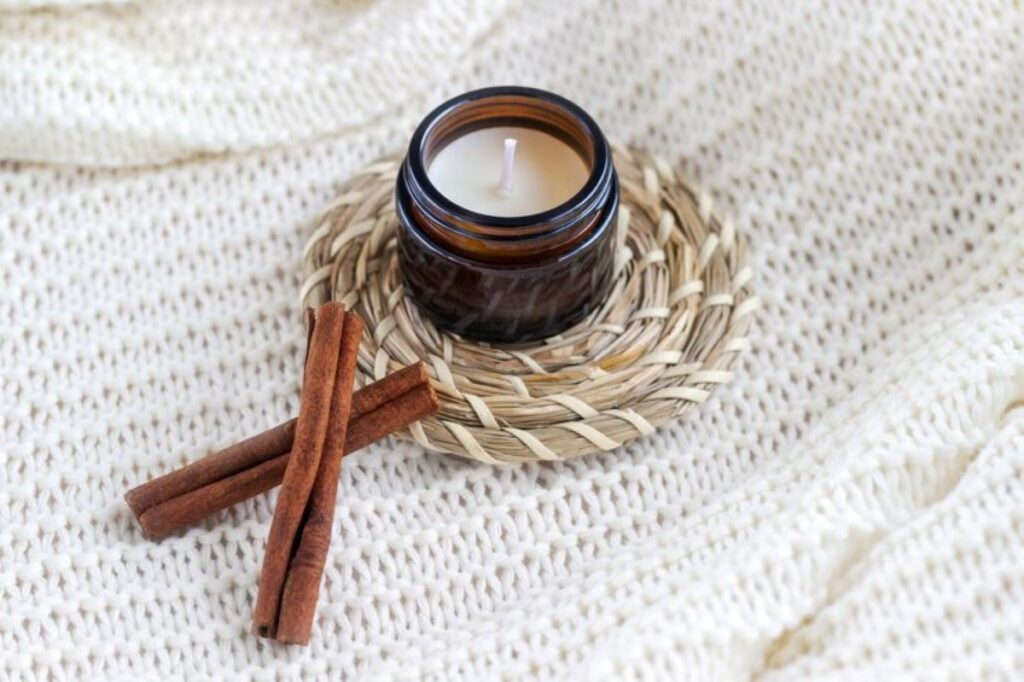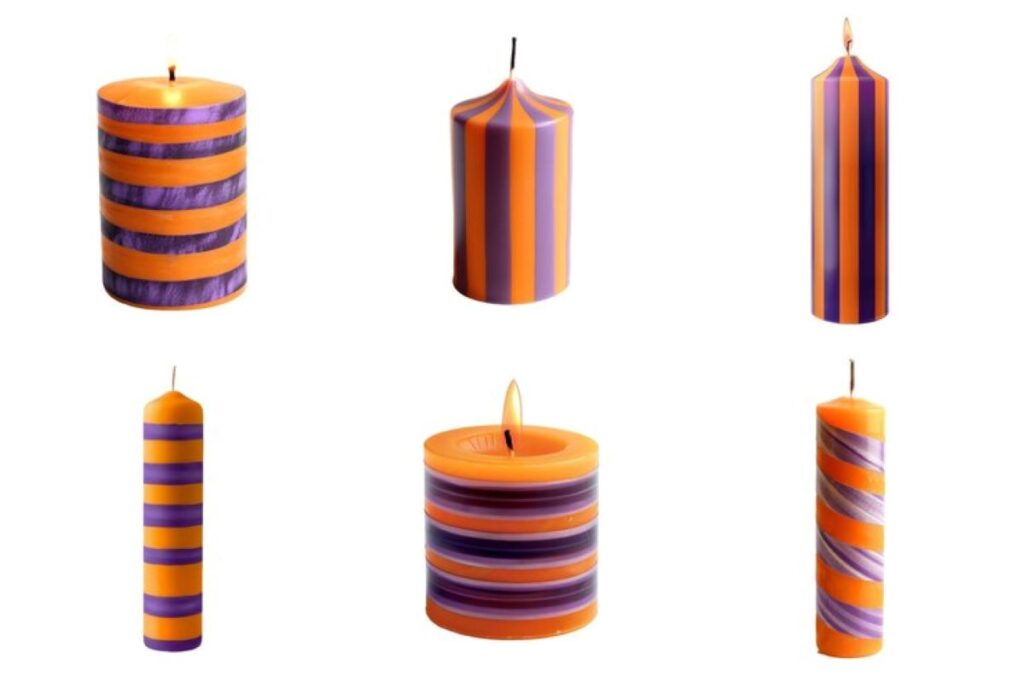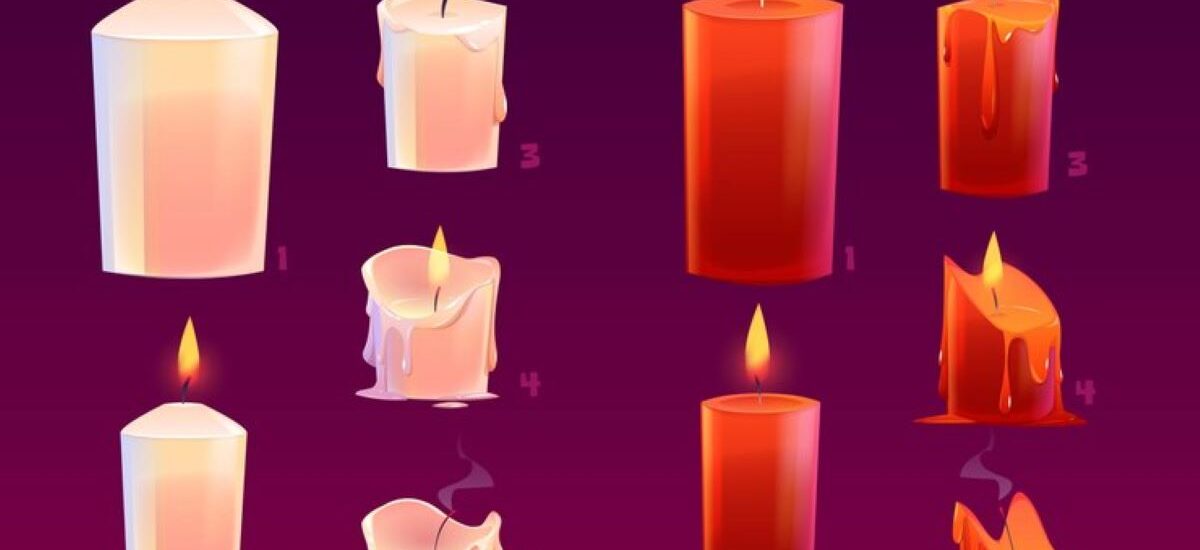How to Choose the Right Candle Wick Supplies for Your DIY Candles
Candle making is a delightful and creative hobby that allows individuals to craft their own unique ambiance and fragrances. One of the most crucial components of this craft is the selection of the right wick. The wick not only impacts the candle’s performance but also influences its safety and the overall experience. This article aims to guide you through the various aspects of choosing the right candle wick supplies for your DIY endeavors.
Understanding the Importance of Choosing the Right Wick
Choosing the appropriate candle wick supplies can make or break your candle-making project. A good wick ensures an even burn, produces the right amount of fragrance, and creates a steady flame, which are all essential for a successful candle.
When the wrong wick is used, problems such as tunneling, excessive soot, or even dangerous flare-ups can occur. Therefore, understanding the importance of proper wick selection is fundamental to creating beautiful and safe candles.
The Role of Wicks in Candle Making
The wick is the channel through which the flame draws fuel; in this case, the wax. As the candle burns, it melts the wax surrounding the wick and draws it upward through capillary action. It is this process that enables the wick to sustain a flame.
A well-chosen wick will allow the candle to burn evenly and efficiently, creating an inviting atmosphere while releasing delightful fragrances. On the contrary, an ill-fitted wick could result in wasted wax and a poor burning experience. Moreover, the type of wick can also influence the overall aesthetic of the candle, with options ranging from cotton to wood wicks, each offering unique visual and auditory experiences as they burn.
Factors Influencing Wick Selection
Several factors influence the choice of wick in candle making:
- Candle Diameter: The size of the candle will heavily dictate the wick size. A larger diameter will typically require a thicker wick to sustain the flame.
- Type of Wax: Different waxes have various burning characteristics that require specific wicks.
- Additives: If you’re using fragrance, dyes, or other additives, this can also influence which wick works best.
- Desired Burn Time: How long you want your candle to burn can guide your selection in wick size and type.
Additionally, the environment in which the candle will be used can also play a significant role in wick selection. For instance, if the candle is intended for outdoor use, a thicker wick may be necessary to withstand wind and ensure a stable flame. Similarly, the humidity level can affect how well a wick performs; in more humid conditions, certain wicks may struggle to draw wax efficiently, leading to inconsistent burning. Understanding these nuances can elevate your candle-making skills and result in a more enjoyable experience for both the maker and the user.
Lastly, experimenting with different wick materials can yield fascinating results. For example, wood wicks not only create a unique crackling sound reminiscent of a fireplace but also provide a wider flame that can enhance the throw of fragrance. Conversely, natural fiber wicks often burn cleaner and are more eco-friendly, appealing to those who prioritize sustainability in their candle-making endeavors. Each choice you make in the wick selection process contributes to the overall candle experience, making it a vital aspect of the craft.
Different Types of Candle Wicks
The market offers various types of candle wicks, each designed for different purposes and materials. Understanding these options will assist you in making an informed choice.
Cotton Wicks
Cotton wicks are among the most commonly used types of wicks. They are made of braided cotton and can come waxed or unwaxed. Cotton wicks are easy to use and are compatible with a wide range of waxes. Additionally, they create a consistent burn, making them ideal for beginners.
This type of wick can be used in pillars, container candles, and votives. Their versatility makes them a go-to choice for many candle makers. Moreover, cotton wicks are available in various sizes and thicknesses, allowing candle makers to customize their wicks based on the diameter of the candle and the type of wax being used. This adaptability ensures that the wick will effectively draw the wax up to the flame, providing a steady and reliable burn throughout the life of the candle.
Wooden Wicks
Wooden wicks are popular for their unique aesthetic and the soft crackling sound they produce while burning, reminiscent of a fireplace. They provide a wide and stable flame, making them perfect for larger candles.
However, wooden wicks require proper sizing and treatment to ensure consistent performance. They are particularly effective with soy wax and other softer waxes. The thickness of wooden wicks can vary, and candle makers often experiment with different widths to achieve the desired burn rate and flame height. Additionally, some artisans infuse their wooden wicks with essential oils or fragrances, enhancing the sensory experience as the candle burns and releasing delightful aromas into the air.
Specialty Wicks
Specialty wicks include various designs specially crafted for unique candle types. These can feature metal cores, multi-ply construction, or unique materials like hemp or bamboo. While they may be more expensive than traditional options, specialty wicks can provide distinct burning qualities and effects that enhance the overall candle experience.
It’s essential to research the specific characteristics of specialty wicks to ensure they align with your candle’s attributes. For instance, some specialty wicks are designed to create a larger, more dramatic flame, which can be visually striking in decorative candles. Others may be engineered to minimize soot production, making them a suitable choice for those concerned about indoor air quality. As the candle-making industry continues to evolve, new and innovative wick designs are emerging, allowing for even more creativity and personalization in candle crafting.

The Relationship Between Wick Size and Candle Performance
Wick size is integral to a candle’s performance. The dimensions—length and thickness—directly affect how the candle burns, including aspects like burn time and flame size. Choosing the right wick size is key to achieving the desired results.
How Wick Size Affects Burn Time
A thicker wick typically burns more wax faster, resulting in a shorter burn time. Conversely, a thinner wick will consume wax more slowly, providing a longer burn duration. However, pairing a wick that is too large for the candle can lead to an accelerated burn, producing excessive soot and smoke.
It’s crucial to experiment with wick sizes to find the right balance according to the candle’s diameter and wax type. This experimentation is part of the creative process and can lead to discovering unique combinations. Additionally, the type of wax used can also play a significant role in how the wick performs; for instance, soy wax may require different wick sizes compared to paraffin or beeswax, as each type has its own melting point and burn characteristics. Understanding these nuances can help candle makers achieve optimal performance and enhance the overall quality of their products.
Wick Size and Flame Size
The size of the wick also influences the size of the flame produced by the candle. For example, a large wick can create a significantly higher flame, which while visually appealing, can lead to safety issues if not monitored.
A smaller wick might produce a softer, ambient flame, ideal for scented candles and intimate settings. Understanding the relationship between wick size and flame is crucial in managing both safety and atmosphere. Furthermore, the flame’s color can also vary with wick size; a larger wick may produce a brighter, yellowish flame, while a smaller wick often results in a cleaner, blue flame. This variation not only affects the visual appeal but can also influence the candle’s scent throw, as the heat produced by the flame impacts how fragrance oils are released into the air. Therefore, selecting the appropriate wick size is essential not just for safety and burn efficiency, but also for enhancing the sensory experience of the candle. Click the link: https://aromatherapyoilsguide.org/4-wick-candle-care-expert-tips-for-optimal-burn-and-scent-throw/ to get more about expert tips for optimal burn and scent throw.
How to Match Wick Type to Candle Wax
Different candle waxes interact uniquely with various wick types. To achieve the best results, it’s essential to pair them correctly.
Pairing Wicks with Soy Wax
Soy wax, known for its clean burning properties and excellent scent throw, requires a specific kind of wick. Typically, cotton or wooden wicks work best for soy candles.
When using soy wax, it’s important to select a wick that allows for adequate melt pool depth, ensuring an even burn and maximizing fragrance release. The wick’s diameter should correspond with the candle’s diameter to prevent issues such as sooting or excessive flickering. Additionally, experimenting with different wick sizes can help you find the perfect balance for your specific soy wax blend, as variations in wax formulation can affect how the wick performs.
Pairing Wicks with Beeswax
Beeswax is a denser wax that requires a thicker wick for optimal performance. Cotton wicks are often recommended due to their ability to produce a consistent aroma and maintain a steady flame.
Wicks should be adequately sized to promote a good melt pool; otherwise, the candle may tunnel, wasting the wax and affecting the burn quality. It’s also worth noting that beeswax has a natural honey scent, which can be enhanced by using wicks that are treated with essential oils or fragrances. This can create a more complex aromatic experience, making beeswax candles particularly appealing for those looking to create a cozy atmosphere in their homes.
Pairing Wicks with Paraffin Wax
Paraffin wax is a versatile wax that works well with various wick types. Both cotton and specialty wicks can be effective. It is essential to choose a wick that can accommodate the wax’s high oil content for the best burning performance.
Testing different wicks with paraffin can lead to the discovery of ideal combinations, which can enhance the candle’s overall aesthetic and functionality. For instance, using a wick with a larger diameter can help achieve a more robust flame, which is particularly beneficial for larger candles. Moreover, paraffin wax can be blended with other waxes, such as soy or palm, and this blending can further influence the choice of wick, as each combination may have its unique burning characteristics. Understanding these nuances can elevate your candle-making skills and result in a superior product that burns beautifully and evenly.
Safety Considerations When Choosing a Wick
While the aim is to create delightful candles, safety should always be at the forefront of your candle-making process. Proper wick choose is critical in minimizing potential hazards.
Avoiding Wick-Related Hazards
Mismatched wicks can lead to dangerous situations, including excessive soot production or uncontrolled flames. Selecting the correct wick size and type reduces the risk of flare-ups and other hazardous burning conditions.
Keep an eye on burning candles, ensure they are placed on fireproof surfaces, and always follow safety guidelines to prevent accidents.

Safe Wick Usage and Maintenance
For safe wick usage, always trim the wick to about 1/4 inch before burning. This practice helps to manage flame height and reduce soot emission. Additionally, avoid burning your candles for extended periods, as this can increase the risk of overheating.
By prioritizing safety in your candle-making process, you can enjoy the benefits of crafting beautiful candles while minimizing risks associated with improper wick selection and usage.
Choosing the right wick may require some trial and error, but by understanding the various factors involved, you can make informed decisions. Whether you are a seasoned candle maker or just starting, this guide will help ensure that your DIY candles burn beautifully and safely.

